Maria Grazia Chiuri returned to her hometown of Rome for Dior’s Cruise 2026 show with an atmosphere that felt both reflective and pointedly personal. Presented at dusk in the garden of a Roman villa, the collection unfolded like a cinematic memory, equal parts Roman ritual, theatrical fantasy, and creative reckoning. Though no formal announcement has been made, the tone of the show deepened speculation that Chiuri may be preparing to close her chapter at Dior.
The collection, titled The Beautiful Confusion, borrowed its name from the original working title of Fellini’s 8½, setting the tone for a narrative without clear resolution. Chiuri spoke of Rome as a place of complexity and contradiction, of faith, chaos, beauty, and collision. That duality was mirrored in the garments: Venetian masks met translucent classical gowns; ecclesiastical tailoring shared space with Renaissance-inspired silhouettes. It was not a greatest hits parade, but something more layered: a farewell without the punctuation.
Chiuri’s tenure at Dior, which began in 2016, has been marked by a distinct voice that foregrounded women, both their creativity and their histories. She reframed the brand’s femininity through collaborations with female artists and academics, introduced feminist texts to the runway, and elevated craftsmanship through projects with global artisans. Under her creative direction, Dior tripled its sales and took on a new cultural identity. But recent shifts at the house, such as the appointment of Jonathan Anderson to lead menswear, have signalled possible changes in structure, with whispers that a full transition could be on the horizon.
The decision to show in Rome added to the sense of closing a loop. Chiuri launched her career in the city, and her last show here was for another brand over a decade ago. For this occasion, she invited a close group of guests, family, longtime collaborators, and figures from Rome’s art and fashion scenes. The dress code, white for women and black for men, was a tribute to a 1930s Roman ball thrown by arts patron Mimì Pecci-Blunt. The reference wasn’t nostalgic, but rooted in Chiuri’s ongoing interest in overlooked female cultural figures, another thread that has defined her Dior.
The show itself wove these ideas through form and symbolism. Tailored ivory coats closed with silk buttons, sheer dresses clung like carved stone, and silver cage-like structures encased bodies like reliquaries. Haute couture pieces from the upcoming July collection appeared alongside Cruise looks, an unusual move that added to the evening’s sense of convergence.
Beyond the runway, Chiuri and her daughter Rachele Regini have also completed the restoration of Teatro della Cometa, a 1950s experimental theatre in Rome originally founded by Pecci-Blunt. The theatre, which burned down in the ’60s, will reopen as a space for performance and experimentation, a project Chiuri financed independently. Though outside the Dior framework, it reinforced the show’s sense of personal transition.
The show in Rome has amplified speculation about Maria Grazia Chiuri leaving Dior, with many viewing the collection’s introspective tone and personal symbolism as a possible farewell. The choice to stage a presentation that resembled a meditation more than a spectacle felt deliberate, there were no announcements, no dramatic finale, only a quiet appearance by Chiuri at the end, stepping into candlelight as close friends applauded.
While Maria Grazia Chiuri leaving Dior remains unconfirmed, if Cruise 2026 does mark her final collection, it would close nearly a decade of work defined by her commitment to feminist storytelling, historical references, and artisanal craft.
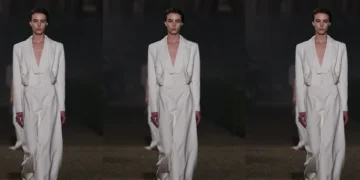













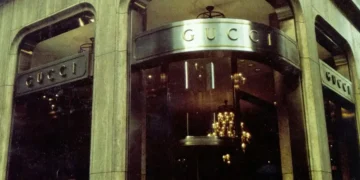
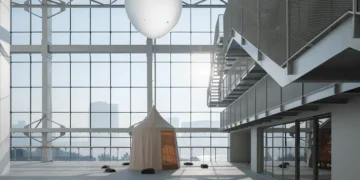


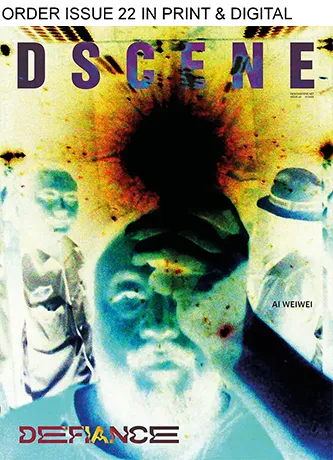

wow i do not believe she will! There is so much going on!